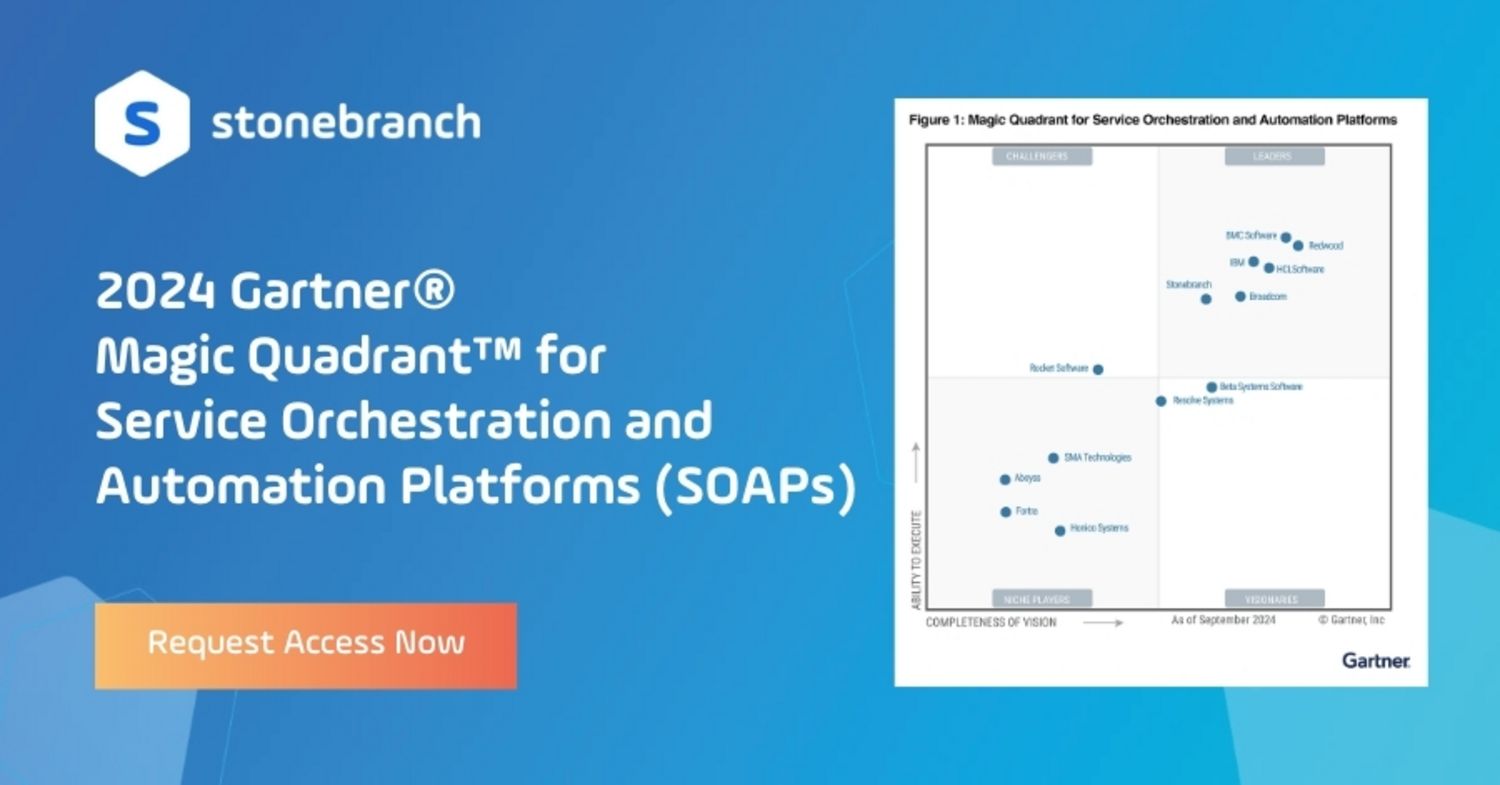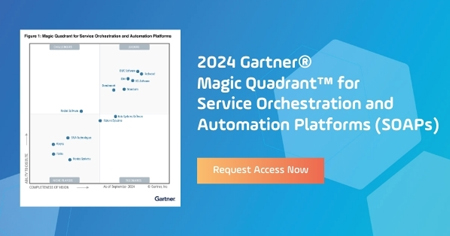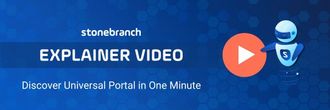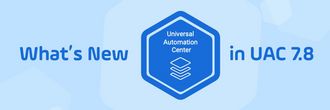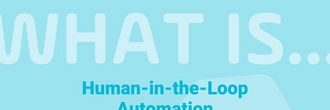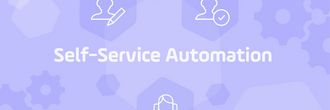Beyond Job Scheduling: The Modern Role of Mainframes in IT Automation
Successful automation in many large businesses requires the IBM mainframe and hybrid IT to work seamlessly together in order to achieve business outcomes.
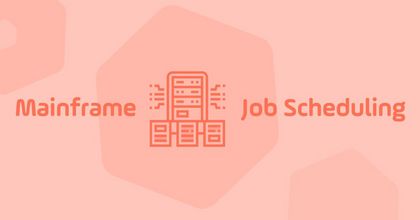
Mainframes remain the beating heart of many large enterprises, processing a significant share of the world's data. Systems like IBM z/OS are central to the mission-critical operations that power banking systems, financial transactions, and other essential workloads. In fact, a recent study indicates that 90% of credit card transactions worldwide pass through mainframe systems.
With this level of relevance, it’s no surprise that the IBM mainframe continues to play a vital role in automating today’s hybrid IT environments.
Unified Automation for Streamlined Processes
For many enterprises, IBM mainframes are part of complex, multi-platform workflows. Seamless connectivity across applications, platforms, and data sources is essential for efficient operations. IBM mainframes also generate valuable event data, making them ideal for event-driven automation through triggers like dataset changes, log entries, or started tasks.
Yet, a traditional job scheduling approach to these triggers leads to fragmented processes that are awkwardly bolted together across a variety of tools. A more modern strategy takes a platform approach to automation. Service orchestration and automation platforms (SOAPs) offer robust mainframe and non-mainframe capabilities that streamline processes, eliminate latency, and make error- or problem-detection more intuitive.
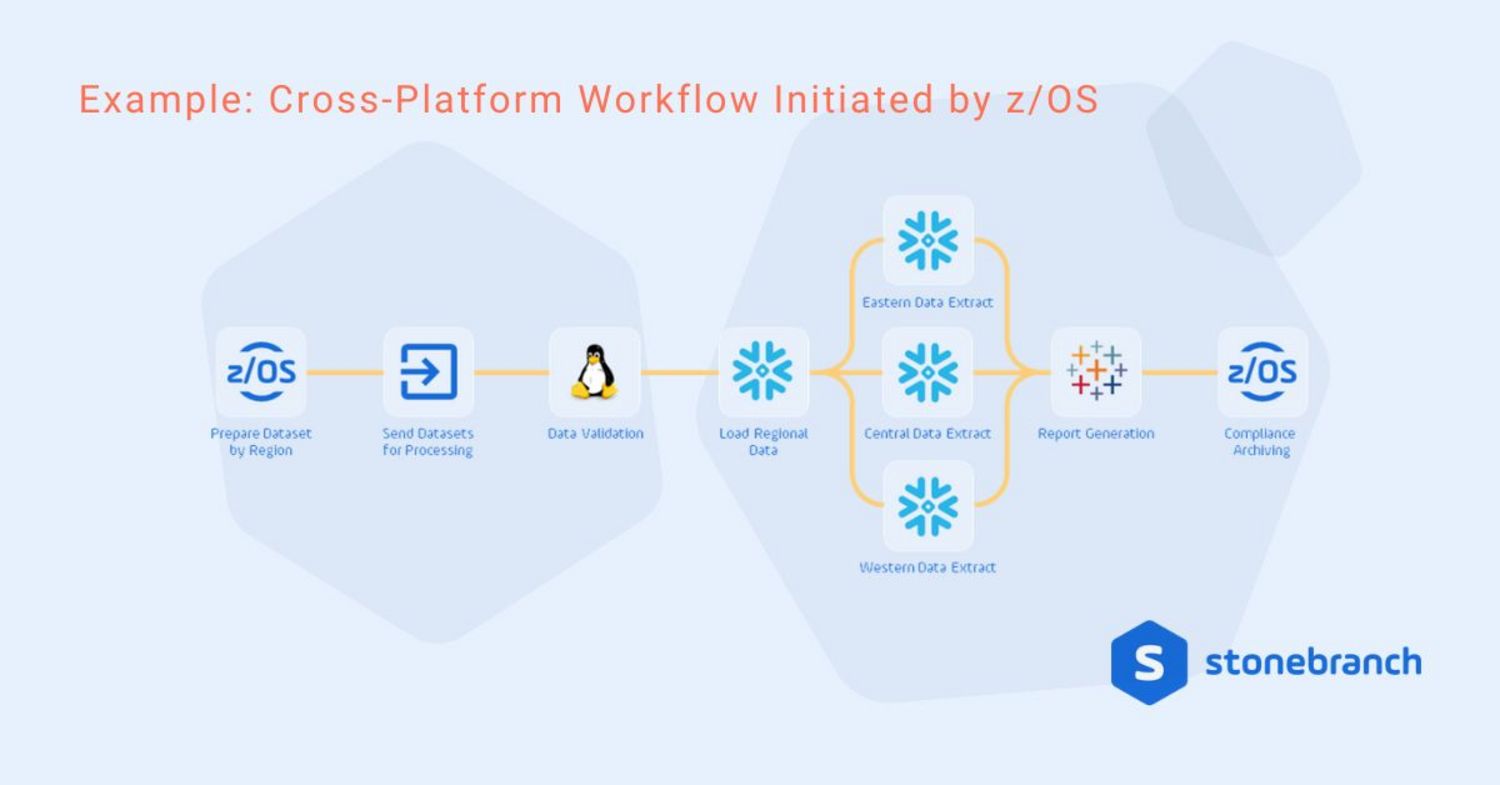
SOAPs unify workflows across IT environments and throughout the enterprise, orchestrating incredibly the complex workloads that have become increasingly commonplace, such as data/AI/ML pipelines, enterprise resource planning (ERP) business processes, and managed file transfer (MFT) workflows.
Data, AI, and ML Pipeline Orchestration
Today’s data needs are defined by the 4Vs of big data: volume, variety, velocity, and veracity. There has never been so much data processed from so many data sources at such speed. With the rise of analytics, machine learning, and AI, managing data at scale simply cannot be done without mainframes or orchestration.
Any successful data orchestration strategy begins by building the pipelines that fuel data lakes, data marts, vector databases, and ontologies that drive most data use cases. A SOAP with strong integration capabilities across on-premises, cloud, and container environments — not to mention the highly specialized tools used by DataOps pros — brings the pipeline to life and keeps data flowing.
ERP Business Process Automation
ERP systems are central to managing core business functions — everything from finance to supply chain to human resources. ERPs may live on a mainframe or access data from mainframes. Either way, mainframes and ERPs are inexorably intertwined.
ERP systems like SAP manage enterprise-wide business processes, which can be seamlessly automated and orchestrated from a SOAP’s single pane of glass. For instance, when a new employee account is created and assigned a role within an ERP, the SOAP can initiate a workflow to create similar accounts with appropriate permissions in other relevant systems.
MFT Workflows
As the origin and processing point for much of the world’s data, the mainframe plays a key role in MFT. An example of this can be seen in ETL processes, where data processing, storage, and analysis typically occur across both mainframe and cloud environments. The data may then be further shared with third-party stakeholders like customers and partners for additional processing and analysis. To ensure compliance with regulations and laws, all of these file transfers require strict access permissions, file-level encryption, and secure transmission protocols.
A SOAP with native MFT and B2B MFT capabilities makes it possible to safely automate data transfers within a company’s hybrid IT infrastructure and securely transfer files to and from business partners.
Future-Proofing Mainframe Automation
In today’s complex environments, the mainframe remains a critical cornerstone. To fully harness the power of the mainframe in a hybrid IT landscape, a SOAP can unify processes across both mainframe and non-mainframe systems.
Stonebranch Universal Automation Center (UAC) is a SOAP that helps streamline workflows, facilitate seamless data integration, and ensure secure file transfers — all from a single platform. By connecting workflows across mainframe, cloud, and container environments, UAC empowers enterprises to build a cohesive automation strategy that enhances efficiency, reduces latency, and supports business agility.
Start Your Automation Initiative Now
Schedule a Live Demo with a Stonebranch Solution Expert

